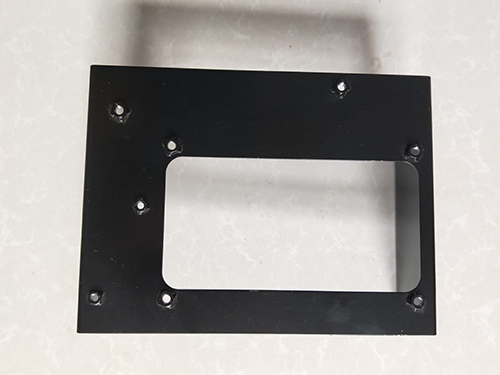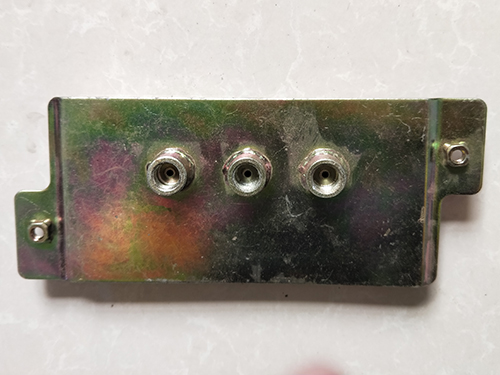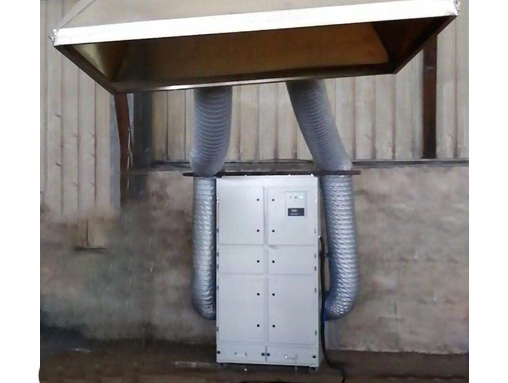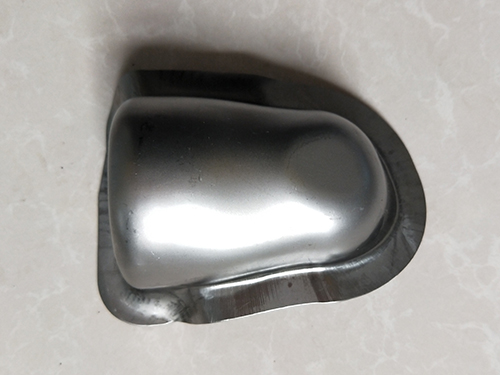Composition and Working Principle of Automotive Braking System
1、 The development of China's automobile industry is becoming increasingly balanced and its status is rising day by day
1. The production and sales of automobiles continue to grow rapidly, the industrial pattern is becoming increasingly reasonable, and the development momentum is good. In 2007, the annual production and sales of automobiles in China both exceeded 8.8 million units, and the production and sales of motorcycles both exceeded 25 million units. The export of automobiles has continued to grow significantly. Compared with 2002, the total export of automobile goods in 2007 increased by 9.46 times, with an average annual growth rate of 59. In 2007, the total import and export value of automobile products reached 66.9 billion US dollars. The production concentration of the top 10 automobile manufacturing enterprises reached 83%, and the proportion of sedan production to the total automobile production increased from 33.5% in 2002 to 53% in 2007.
2. Seizing the opportunity of joining the World Trade Organization, we have accelerated the pace of cooperation and basically achieved integration. With the increasing industrialization of the automotive industry and the formation of China's emerging automotive market, automotive companies have fully utilized the opportunities of industry opening, strengthened cooperation and exchanges with the automotive industry at multiple levels, expanded production scale, continuously improved manufacturing technology, significantly improved management level, and synchronized development of automotive products in the market, basically meeting the consumer demand of the domestic market and promoting the development of China's automotive industry. The automobile industry in our country has begun to form a diversified capital structure with the coexistence of state-owned, foreign-funded, and private capital entities, and has initially formed a relatively complete manufacturing system and industrial cluster;
3. The development of industries has begun to shift from focusing on capacity building to focusing on construction and market system building. With the expansion of the automotive market, the increase in production, and the intensification of competition, it has become a consensus in the automotive industry to enhance market competitiveness by improving independent innovation capabilities, accelerating the cultivation of independent and market service systems. Automobile production enterprises have begun to shift from simply pursuing capacity expansion and production to focusing on construction, and improving independent innovation capabilities has become the focus of enterprise development. Through various methods such as self design, commissioned design, and collaboration, the construction of independent innovation capabilities in the industry has achieved initial results, and a number of independent products have been launched into the market one after another;
4. The fundamental role of the automotive parts industry in the development of the automotive industry has become increasingly evident. With the increase of automobile production, the problem of China's automobile parts industry lagging behind the development of the whole vehicle has become apparent, and the automobile industry needs the support of the parts industry. In order to adapt to the development of the entire vehicle market, the parts industry has been striving to become a global center for automotive parts manufacturing and procurement by participating in procurement, synchronization, modular system supply, and other means, starting from only meeting the localization requirements of imported vehicle models. Over the past six years, the export value of components has increased by 7.04 times, becoming the main force in the automotive industry's exports.
5. The conservation and utilization of energy, environmental protection, and resources have become the key to the sustainable development of China's automotive industry. Vigorously developing circular economy, increasing environmental protection efforts, and producing and using energy-saving and environmentally friendly cars are important tasks in the automotive industry. In recent years, the automotive industry has done a lot of work in the use and promotion of alternative energy, the application of new energy vehicles, and the control of vehicle emissions and pollution. By continuously improving energy-saving technologies and enhancing the emission control level and standards of traditional engines, the pace of industrialization of energy-saving and environmentally friendly vehicles has been accelerated. At the same time, the development of alternative fuel vehicles, electric vehicles, hybrid vehicles, and new energy vehicles has a promising future.
The braking system of a car is an important system for driving. With the development of technology and society, the number of cars is increasing, and road traffic accidents are becoming more and more serious. Among them, the poor operation of the car braking system is the main cause of accidents. In order to reduce the traffic accident rate, improve the driving and braking performance of the car, and attach importance to the quality of the car braking system.
2、 Composition and Working Principle of Automotive Braking System
In order to enable cars to travel in complex and changing road traffic conditions and improve transportation efficiency, cars need to constantly control their speed during the driving process. This requires a system that can slow down the car in a timely manner until it comes to a stop and park it securely, which is the car braking system. The braking system is an important component of the automotive chassis, occupying a crucial position in the chassis structure and playing a pivotal role.
1. Composition of hydraulic braking system
According to the different power sources, automotive braking systems are generally divided into pneumatic braking systems and hydraulic braking systems. Taking hydraulic braking system as an example, the general composition of hydraulic braking system includes pedal bracket Vacuum booster, master cylinder (brake master cylinder), slave cylinder (brake wheel cylinder), proportional valve, etc.
2. Working principle of braking system
The wheel brake is an important component of the braking system, which can be divided into drum brakes with brake drums as braking elements and disc brakes with brake discs as braking elements according to different structures. (1) When the braking system is not working. When the car is driving normally, the gap between the brake shoe and the brake drum allows the wheels to move normally. (2) When the braking system is working. Stepping on the brake pedal, the master cylinder and wheel cylinder are connected, and the hydraulic pressure generated by the system is pushed by the wheel cylinder piston to push the brake shoes, causing the friction pads on the brake shoes to press against the brake drum, generating sufficient braking force to stop the brake drum and brake the car. (3) Release the brake. When the brake pedal is released, the force of the return spring is greater than the hydraulic pressure of the system, pulling the brake shoe back, creating a gap between the brake shoe and the brake drum, and the braking force disappears, allowing the car to travel freely. In order to improve the driving performance of cars, there are many requirements for the braking system, and the braking capacity of the brakes should be sufficient to ensure that the vehicle stops stably within the specified range in a timely manner; The manipulation should be lightweight; Stable direction and improved driving performance; The lag should be small, braking should be timely, and work should be done.







